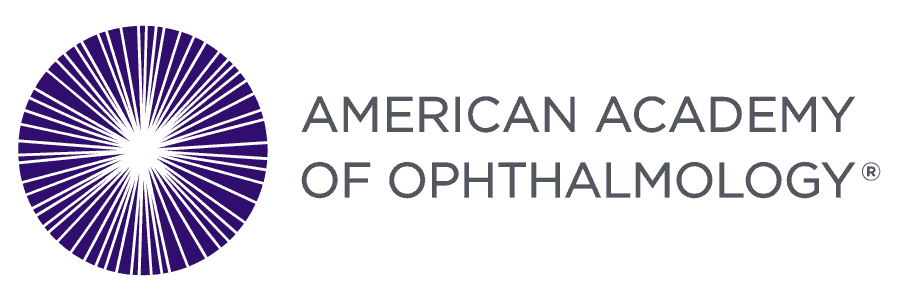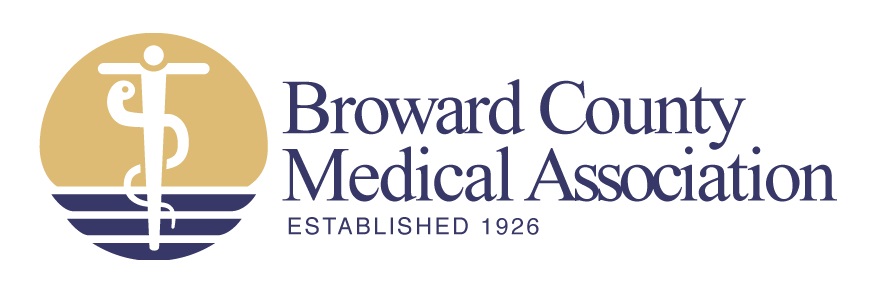Understanding The Difference Between a Stye and Chalazion
When it comes to eye health, two common conditions that can cause discomfort and confusion are styes and chalazia (plural for chalazion). Although they both appear as bumps on the eyelid, they are distinct conditions with different causes, symptoms, and treatment options. In this blog, we will break down the key differences between a stye and a chalazion, helping you better understand these two eye concerns.
What Is a Stye?
A stye (also called a hordeolum) is a small, painful lump that forms at the base of your eyelash or on the inside of your eyelid. Most styes are caused by a bacterial infection, often involving the glands at the edge of your eyelid. There are two types of styes:
- External Stye: This type appears at the edge of the eyelid, at the base of your eyelashes. It typically occurs when a hair follicle gets infected, resulting in a small, pimple-like bump.
- Internal Stye: This type forms on the inside of the eyelid, often due to infection in the oil-producing glands within the eyelid.
Symptoms of a Stye:
- A painful, red bump at the base of the eyelashes or inside the eyelid.
- A pus-filled center that might appear as the stye matures.
- A feeling of something in your eye (scratchy or gritty sensation).
- Increased tear production and sensitivity to light.
- Mild swelling of the eyelid, which can sometimes affect the entire eyelid.
What Is a Chalazion?
A chalazion (plural: chalazia) is a small, swollen bump that forms on the eyelid due to a blocked oil gland. It often starts as an internal stye but evolves into a more persistent and less painful bump over time. While it may cause some redness and swelling, chalazia typically doesn’t result in significant pain.
Unlike styes, chalazia is not caused by bacterial infections. Instead, they develop when the oil glands in the eyelid become clogged, preventing the release of natural oils. This blockage can cause the gland to swell, forming a bump.
Symptoms of a Chalazion:
- A painless bump on the eyelid, though it can sometimes become red and swollen.
- Occasionally, tenderness occurs if the bump presses on the surrounding tissues.
- Rarely, an entire eyelid may swell if the chalazion grows large.
- In some cases, a chalazion can cause blurry vision if it presses on the eye.
Key Differences Between a Stye and a Chalazion
While both styes and chalazia involve bumps on the eyelid, they are distinct in several ways. Here’s a quick breakdown to help you spot the difference:
- Pain: Styes are painful, while chalazia are usually painless (though they may be tender if large enough).
- Location: Styes typically appear at the edge of the eyelid, where your eyelashes are, whereas chalazia usually develop further back on the eyelid.
- Size and Swelling: Styes often cause swelling of the entire eyelid, while chalazia rarely cause the entire eyelid to swell. Chalazia can sometimes grow quite large but will remain more localized.
- Appearance: Styes may develop a pus-filled spot at the center, which is a sign of infection. Chalazia, on the other hand, do not usually have pus, but can become a more persistent, swollen bump.
Treatment Options for Styes and Chalazia
While both conditions typically resolve on their own, there are a few home remedies and treatments you can try to help speed up the process:
- Warm Compresses: Applying a warm compress to the affected area for 10-15 minutes, several times a day, can help reduce swelling and encourage drainage (for styes).
- Gentle Massage: For a chalazion, a gentle massage after using a warm compress can help encourage the oil gland to open up.
- Over-the-Counter Treatments: Over-the-counter eye drops or ointments may help with inflammation or discomfort, but you should avoid squeezing or popping the bump.
- Medical Treatment: If the bump doesn’t go away after a few weeks, or if it’s causing vision problems, it’s important to consult a doctor. In some cases, a healthcare professional may need to drain the chalazion or prescribe antibiotics if there’s an infection.
When to See a Doctor
While most styes and chalazia are harmless and resolve on their own, there are situations where you should see an eye healthcare provider:
- If the swelling persists or worsens over time.
- If you experience significant pain or vision changes.
- If the bump reoccurs frequently.
Our oculoplastic surgeons Dr. Aliza Epstein and Dr. Gil Epstein have extensive experience dealing with the eyelids. They can perform an eye exam to determine what treatment is best for you. Contact our office at 954-741-5555 to schedule a consultation.






